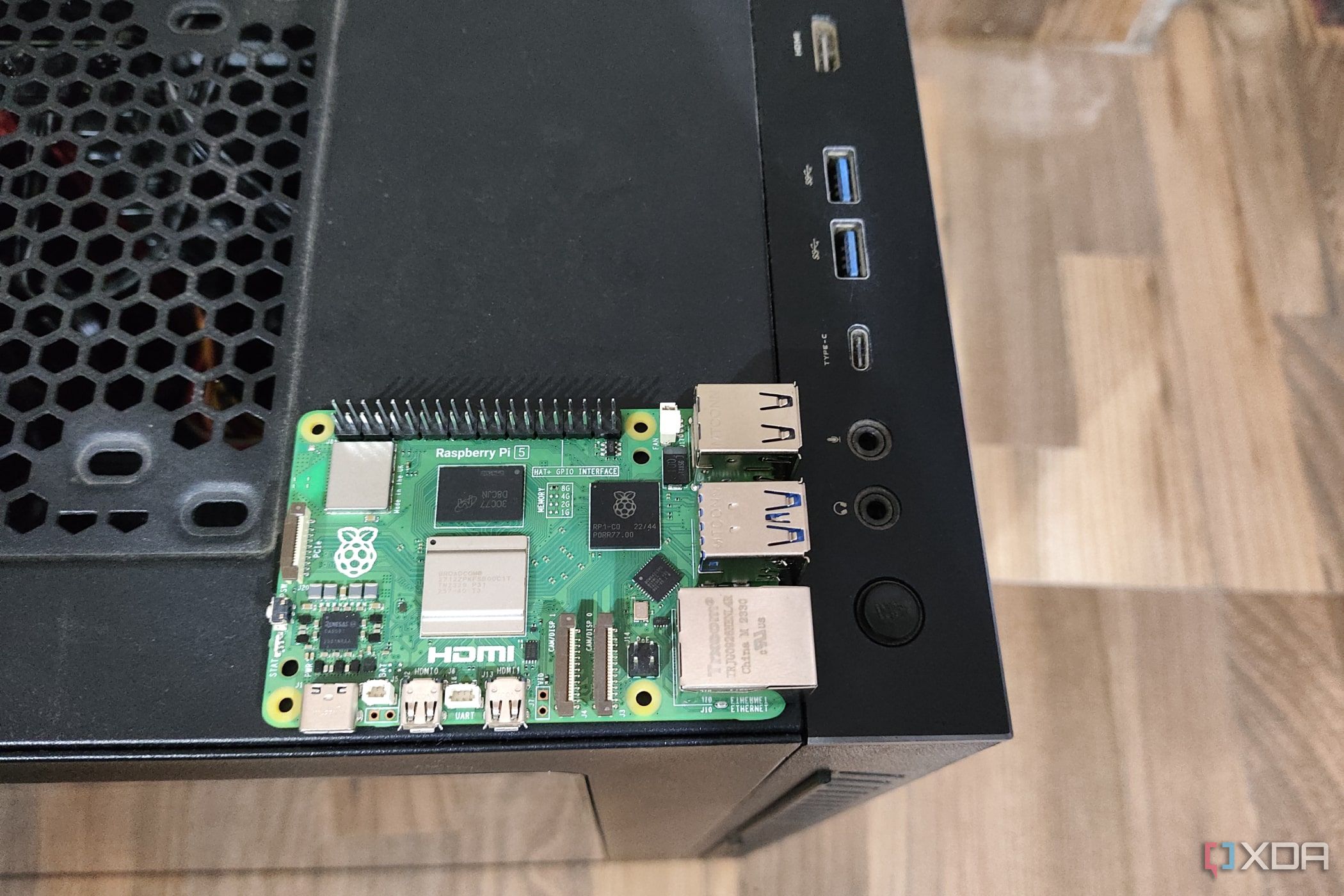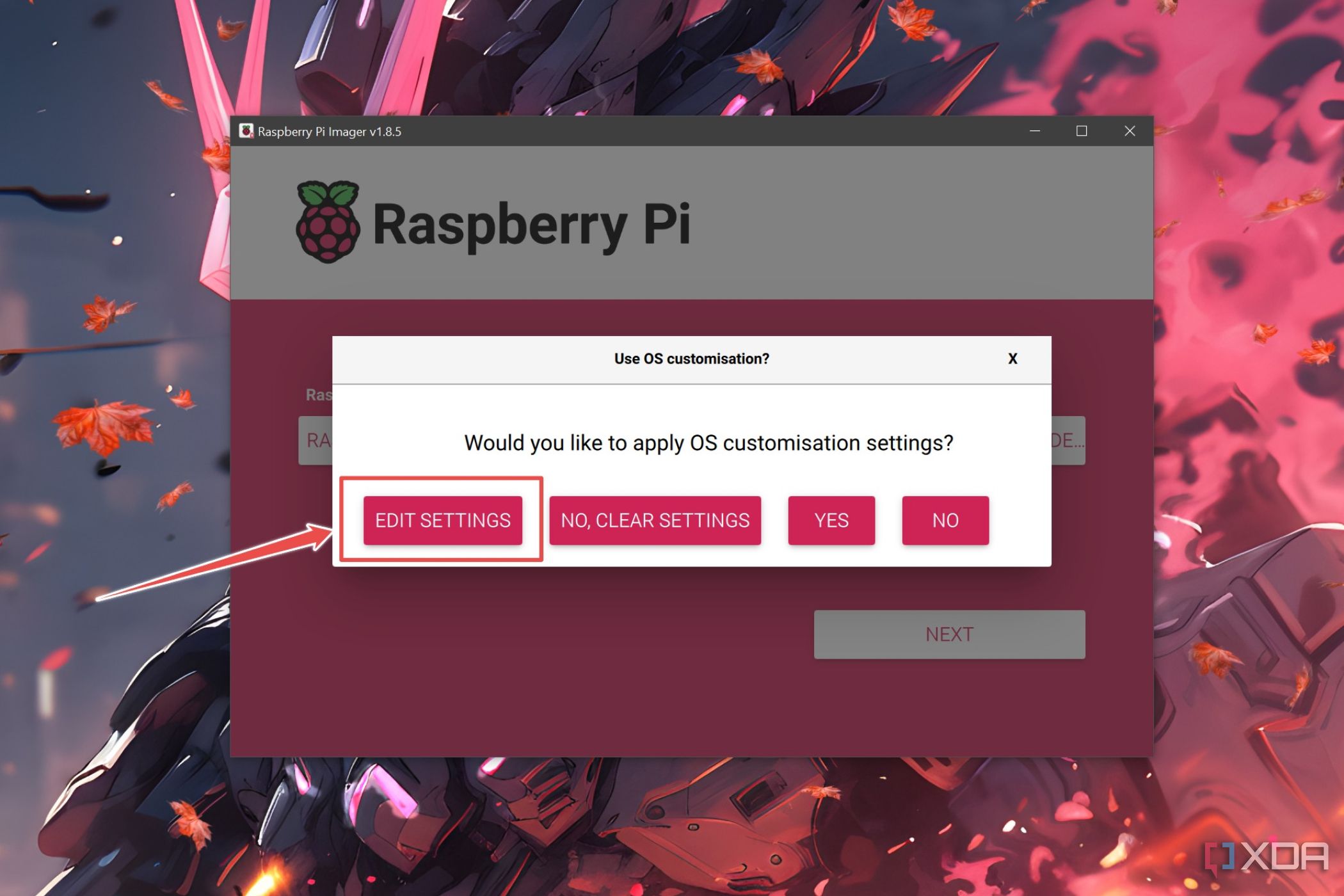SSHing into your Raspberry Pi from outside your local network might sound complicated, but trust me, it’s easier than you think. Picture this: you’re chilling at a coffee shop, and suddenly you need to access your Pi back at home to check something or run a script. No problem! With a few tweaks and configurations, you can turn your Raspberry Pi into a remote powerhouse accessible from anywhere in the world. But how exactly do you SSH into Raspberry Pi outside your network? Let’s dive right in and break it down step by step.
Now, before we get too deep into the tech stuff, let’s talk about why this matters. SSH, or Secure Shell, is like a magic door that lets you control your Raspberry Pi remotely. It’s secure, reliable, and super useful for managing servers, automating tasks, or even just tinkering around with your projects. But when you’re outside your home network, things get a bit tricky. That’s where this guide comes in.
In this article, we’ll walk you through everything you need to know to SSH into your Raspberry Pi from anywhere. From setting up port forwarding to using third-party services, we’ve got all the bases covered. So grab a cup of coffee, sit back, and let’s make this happen!
- Unlocking The Potential Of Yapms A Comprehensive Guide To Revolutionize Your Workflow
- Movierulz 2 Your Ultimate Guide To Streaming Movies Online
Table of Contents:
- Introduction to SSH and Raspberry Pi
- Setting Up SSH on Raspberry Pi
- Understanding Port Forwarding
- Dynamic DNS for Easy Access
- Third-Party Services for Remote Access
- Security Best Practices
- Troubleshooting Common Issues
- Alternatives to SSH
- Real-World Use Cases
- Conclusion and Next Steps
Introduction to SSH and Raspberry Pi
First things first, what exactly is SSH? Think of it as a secure way to connect to another computer over the internet. You can send commands, transfer files, and even control the entire system remotely. And when it comes to Raspberry Pi, SSH is like its best friend. Whether you’re running a web server, automating tasks, or just experimenting with code, SSH makes life so much easier.
But here’s the thing: by default, SSH only works within your local network. If you want to access your Pi from outside, you’ll need to jump through a few hoops. Don’t worry, though—it’s totally doable, and we’ll show you exactly how.
- 7movierulz 2023 Your Ultimate Guide To Streaming Movies Safely
- Moviesrule Why The Movie Industry Is Still The King Of Entertainment
Setting Up SSH on Raspberry Pi
Step 1: Enable SSH on Your Pi
Before you can SSH into your Raspberry Pi, you’ll need to make sure SSH is enabled. On newer versions of Raspberry Pi OS, SSH is disabled by default for security reasons. But enabling it is a breeze.
- Open the Raspberry Pi Configuration tool by typing
sudo raspi-configin the terminal. - Navigate to
Interfacing Optionsand selectSSH. - Choose
Enableand reboot your Pi.
Step 2: Find Your Pi’s IP Address
Your Pi needs an IP address so you can connect to it. To find it, type hostname -I in the terminal. This will give you the local IP address, like 192.168.1.100. Keep this handy—it’s important for the next steps.
Why SSH Matters for Raspberry Pi
SSH isn’t just about remote access; it’s about control. With SSH, you can manage your Pi from anywhere, monitor its performance, and even troubleshoot issues without needing physical access. It’s like having a virtual hand on your device, no matter where you are.
Understanding Port Forwarding
Alright, here’s where things get interesting. To SSH into your Raspberry Pi from outside your network, you’ll need to set up port forwarding on your router. Port forwarding is like a virtual tunnel that lets external devices connect to your Pi’s SSH service.
Step 1: Log Into Your Router
Every router is a bit different, but most of them have a web interface you can access by typing 192.168.0.1 or 192.168.1.1 in your browser. Log in with your router’s credentials (if you haven’t changed them, they’re probably admin and password).
Step 2: Set Up Port Forwarding
Once you’re in, look for a section called Port Forwarding or Virtual Servers. Add a new rule with the following details:
- Service Name: SSH
- External Port: 22
- Internal IP Address: Your Pi’s local IP address (e.g.,
192.168.1.100) - Internal Port: 22
Save the changes and test the connection. You should now be able to SSH into your Pi using your router’s public IP address.
Tips for Effective Port Forwarding
Make sure your Pi’s IP address is static. If it changes, you’ll have to update the port forwarding rule every time. To set a static IP, go to your router’s DHCP settings and reserve an IP address for your Pi’s MAC address.
Dynamic DNS for Easy Access
Public IP addresses can change, especially if you’re on a dynamic IP plan. That’s where Dynamic DNS (DDNS) comes in. DDNS services let you assign a domain name to your IP address, so you can always connect to your Pi using the same URL.
Step 1: Choose a DDNS Provider
There are tons of DDNS providers out there, like No-IP, DuckDNS, and Dynu. Most of them offer free plans that are perfect for personal use.
Step 2: Install the DDNS Client
Most providers offer a client you can install on your Pi to keep the DNS record updated. For example, if you’re using DuckDNS, you can install it by running:
sudo apt-get install curl
curl https://www.duckdns.org/install.sh | bash
Now, instead of typing your router’s IP address, you can use something like myraspberrypi.duckdns.org to connect to your Pi.
Why DDNS Rocks
DDNS simplifies the process of accessing your Pi from anywhere. No more memorizing long IP addresses or worrying about changes in your network setup. Plus, it’s free and easy to set up!
Third-Party Services for Remote Access
If setting up port forwarding and DDNS seems like too much hassle, there are third-party services that can help. Tools like ngrok, Serveo, and Pagekite let you create a secure tunnel to your Pi without any router configuration.
Using ngrok
Ngrok is one of the simplest tools for remote access. Here’s how to use it:
- Install ngrok on your Pi by following the instructions on their website.
- Run
ngrok tcp 22in the terminal. - Ngrok will give you a public URL you can use to SSH into your Pi.
Pros and Cons
While third-party services are convenient, they might not be as secure as setting up your own tunnel. Always read the terms and conditions before using them for sensitive tasks.
When to Use Third-Party Services
Third-party services are great for quick, temporary access. If you’re just troubleshooting or running a quick script, they can save you a lot of time. But for long-term use, setting up your own infrastructure is usually the better option.
Security Best Practices
SSHing into your Raspberry Pi from outside your network is powerful, but it also comes with risks. Here are some tips to keep your Pi secure:
- Use Strong Passwords: Avoid using common passwords or leaving the default credentials.
- Enable Key-Based Authentication: Generate an SSH key pair and add the public key to your Pi’s
~/.ssh/authorized_keysfile. - Disable Root Login: Edit the SSH config file (
/etc/ssh/sshd_config) and setPermitRootLogin no. - Change the Default Port: Instead of using port 22, pick a random high-numbered port to reduce brute-force attacks.
Security is all about layers. The more precautions you take, the safer your Pi will be.
Common SSH Security Myths
Some people think that changing the SSH port is enough to keep hackers at bay. While it helps, it’s not a substitute for strong passwords and key-based authentication. Always use a combination of methods to secure your Pi.
Troubleshooting Common Issues
Even with the best setup, things can go wrong. Here are some common issues and how to fix them:
- Connection Refused: Double-check your port forwarding settings and make sure SSH is enabled on your Pi.
- Timeout Errors: Verify that your router’s public IP address is correct and that your DDNS service is working.
- Authentication Failed: Make sure you’re using the right username and password, and check your SSH key permissions.
If none of these solutions work, try rebooting your router and Pi. Sometimes, a fresh start is all you need.
When to Seek Help
If you’re stuck and can’t figure out the issue, don’t hesitate to reach out to online forums or communities like Reddit’s r/RaspberryPi or Stack Overflow. Chances are, someone else has faced the same problem and can offer advice.
Alternatives to SSH
SSH isn’t the only way to access your Raspberry Pi remotely. Depending on your needs, you might want to consider these alternatives:
- VNC: VNC gives you a graphical interface, which can be useful for tasks that require a GUI.
- Web-Based Tools: Services like Webmin or Pi-Hole’s web interface let you manage your Pi through a browser.
- TeamViewer: While not as lightweight as SSH, TeamViewer offers a user-friendly way to connect to your Pi from anywhere.
Each option has its own pros and cons, so choose the one that fits your workflow best.
Why SSH Still Reigns Supreme
Despite the alternatives, SSH remains the go-to method for remote access. It’s lightweight, secure, and works on virtually any device. Plus, it’s easy to automate tasks with SSH scripts, making it a favorite among developers and hobbyists alike.
Real-World Use Cases
SSHing into your Raspberry Pi from outside your network opens up a world of possibilities. Here are a few real-world examples:
- Remote Server Management: Use your Pi as a home server and manage it from anywhere.
- Automated Backups: Set up scripts to back up your Pi’s data to a remote location.
- IoT Projects: Monitor and control IoT devices connected to your Pi from afar.
The possibilities are endless. With SSH, your Raspberry Pi becomes a versatile tool you can use for anything from personal projects to professional applications.
Thinking Outside the Box
Don’t limit yourself to the obvious use cases. Get creative and
- Why Movierulz As Is A Hot Topic In The Streaming World
- Movierulescom Kannada Your Ultimate Guide To Kannada Movies


